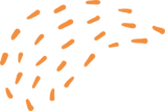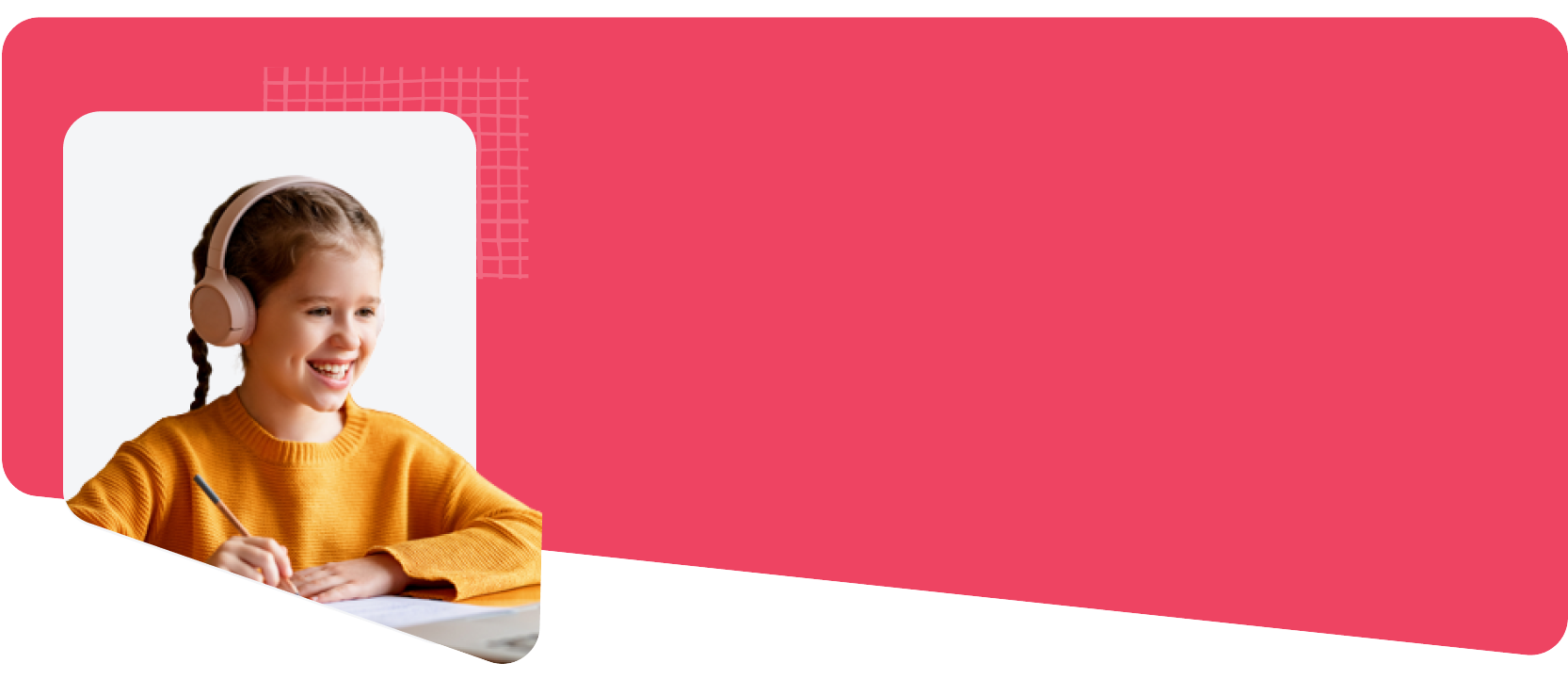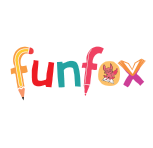When we help our children learn to read and write, we usually think about the words. But there's another important part to understanding books and making our own writing easy to follow: textual features. Think of these as special tools on the page, things that aren't just regular sentences. They help us find information, identify important ideas, and make complex topics easier to understand. For kids, learning about these tools is a big step towards becoming strong readers and writers.
We understand that for many children, reading and writing can sometimes feel overwhelming or frustrating, especially when faced with complex texts. It's completely normal to feel unsure about how to help them navigate these challenges.
Let's explore what these features are and how they can supercharge your child's learning adventure!
Key Takeaways
-
Textual features (like headings, indexes, glossaries, etc.) are tools in books that help readers understand information.
-
They organize content, highlight key ideas, and make reading more efficient.
-
For young readers, these features act as roadmaps, making complex texts accessible and less overwhelming.
-
Learning to use these features enhances reading comprehension and helps kids find information quickly.
-
Encourage children to actively use and incorporate these features in both reading and writing to become stronger communicators.
What Are Textual Features?
Textual features are the elements in a text that are not part of the main body of writing but are designed to help readers navigate, understand, and interpret the content more effectively. Their primary purpose is to organise information, draw attention to important points, and make reading more efficient and comprehensible.
How They Enhance Reading
-
For young readers, textual features show them what's important and where to look in the text.
-
They help children find the main topic.
-
They make it easier to locate specific information.
-
They help kids understand how ideas are connected.
-
They allow children to get a preview of what they're about to read.
-
This all makes reading less tiring and boosts understanding.
Best Practices for Usage
Encourage children to actively look for and discuss these features before, during, and after reading.
Model how you use them to grasp information in books, websites, or magazines quickly. When writing, teach them to incorporate these features to make their work more transparent and more professional.
Different textual features play unique roles. We'll see how they can help your child become a better reader and writer.
Headings and Subheadings
Headings serve as titles for entire sections, while subheadings are titles for more minor divisions within those sections.
Their purpose is to signal the topic of the text or section, break information into manageable chunks, and provide a quick overview of the content.
How They Enhance Reading
-
Headings and subheadings help readers predict what they will read about.
-
They allow readers to organise information mentally.
-
They make it easy to locate specific topics of interest.
-
For children, they act as a roadmap.
-
They prevent kids from feeling overwhelmed by long paragraphs.
-
They help kids find information fast.
Best Practices for Usage
-
For Reading: Before reading a section, have your child read the heading and predict what they will learn. After reading, ask them to summarise what was covered under that heading.
-
For Writing: Encourage children to use headings and subheadings to organise their essays or reports. Teach them to create headings that are descriptive and clear, accurately reflecting the content of each section.
Table of Contents
A Table of Contents (TOC) is like a map at the front of a book. It's a list that shows you all the chapters or main parts, along with the page number they start on.
Its main job is to give you a quick look at everything inside the book, so you can easily jump to what you want to read!
How They Enhance Reading
-
A TOC helps readers know what the whole text is about (the "scope").
-
It helps them understand how different topics are connected.
-
Readers can quickly find the information they need without having to read everything.
-
It's an excellent tool for helping children think ahead while reading.
Best Practices for Usage
-
For Reading: Before starting a new book, look at the TOC with your child. Discuss what they expect to learn or what sections they are most interested in. Use it to jump to specific topics when revisiting a book.
-
For Writing: For longer projects, introduce the concept of creating a simple TOC to help organise their thoughts and plan their writing structure.
Index
An Index is like an alphabetical dictionary at the very back of a non-fiction book. It lists all the important words, topics, or names from the book and tells you exactly which pages you can find them on.
Its main job is to help you quickly find specific details you're looking for!
How They Enhance Reading
-
The index is extremely helpful for research and quickly locating information.
-
It allows readers to find exact information without having to read entire chapters.
-
It helps kids learn to find information efficiently.
Best Practices for Usage
-
For Reading: Teach your child how to use an index to find specific facts or definitions. For example, if they need to know about "dinosaurs," show them how to find "dinosaurs" in the index and go directly to the relevant pages.
-
For Writing: While younger children won't create an index, understanding its function helps them appreciate how information is organised in non-fiction texts.
Glossary
A Glossary is like a mini-dictionary found at the back of a book. It's an alphabetical list of tricky or new words used in that specific text, with simple explanations for each.
Its job is to help you understand those special words and learn new vocabulary as you read!
How They Enhance Reading
-
Glossaries help readers understand unfamiliar words immediately.
-
They allow children to continue reading without stopping to look up unfamiliar words elsewhere.
-
Glossaries help children know what they're reading better.
-
Over time, glossaries help children learn and build their special vocabulary.
Best Practices for Usage
-
For Reading: Encourage your child to refer to the glossary when they encounter a new or challenging word in a text. Make it a habit to check the glossary first before asking for help or using a dictionary.
-
For Writing: Encourage children to create a mini-glossary for any specific or technical terms they use, especially if their audience might be unfamiliar with them.
Captions and Labels
Captions are brief descriptions that accompany images, charts, or other visual elements, explaining what they depict.
Labels are words or short phrases that point to specific parts of an image or diagram.
Their purpose is to provide context and additional information for visual elements.
How They Enhance Reading
-
Captions and labels help readers link what they see in pictures to the words in the text.
-
They make unclear images easier to understand.
-
They give essential details that might not be in the main story.
-
They enhance overall understanding, especially for children who learn best through visual learning.
Best Practices for Usage
-
For Reading: Always encourage children to read captions and look at labels alongside images. Discuss how the visual and textual information complement each other.
-
For Writing: When children draw or include images in their projects, prompt them to add descriptive captions or labels to explain what their visuals show.
Read about the Simple View of Reading Model
Visual Aids (Images, Charts, Graphs, Maps)
Visual Aids are the pictures, drawings, charts, and maps you find in books and articles. They're there to show you information that might be hard to explain with just words.
Their primary goal is to clarify ideas, facilitate faster learning, and make reading a more engaging experience.
How They Enhance Reading
-
Visual aids can make tricky information easier to understand.
-
They help to show examples of ideas or concepts.
-
They can highlight how different things are connected.
-
They help readers imagine what they are learning.
-
For children, they make reading less scary and more engaging.
-
They are especially helpful for topics that are hard to picture or involve lots of numbers.
Best Practices for Usage
-
For Reading: Before reading a section, review any accompanying visuals. Ask your child what they think the visual shows and how it might relate to the text. After reading, discuss how the visual helped them understand the information.
-
For writing: Encourage children to draw or find relevant images to accompany their stories or reports. For older children, introduce simple charts or graphs to represent data from surveys or experiments.
FunFox makes learning fun with colourful images and easy activities that help kids understand tricky ideas. Sign up today and watch your child enjoy learning like never before!
Bullet Points and Numbered Lists
Bullet Points and Numbered Lists are effective ways to arrange information neatly, making it quick and easy to read.
-
Bullet points are used for lists where the order doesn't matter (like a shopping list).
-
Numbered lists are for steps or things that need to be in a specific order (like instructions).
Their main job is to break up large chunks of writing, highlight important points, and make the page easier on your eyes.
How They Enhance Reading
-
Bullet points and numbered lists make information more accessible and less intimidating.
-
They make content easier to scan.
-
They help readers quickly find key takeaways.
-
They highlight steps in a process.
-
They make it easy to see distinct items.
-
This all makes understanding more efficient and effective.
Best Practices for Usage
-
For Reading: Teach your child to pay attention to lists, as they often contain important summaries or sequential instructions. Ask them to identify the main idea of each bullet point.
-
For Writing: Encourage children to use lists in their writing when presenting multiple examples, instructions, or features, making their writing more transparent and organised.
Also read Understanding Receptive Language Skills and Examples
Appendices
An Appendix (or Appendices for more than one) is like an "extra stuff" section at the very end of a book or report. It includes supplementary information, such as extra facts, charts, or detailed notes that are interesting or helpful, but not essential to the main part of the text.
Its main goal is to provide you with more information without making the main story or topic too crowded.
How They Enhance Reading
-
Appendices let readers who want more details dig deeper into specific information.
-
They allow readers to check original sources without interrupting the main text.
-
This keeps the main flow of reading smooth for everyone.
-
For schoolwork or research, appendices provide essential supporting evidence.
Best Practices for Usage
-
For Reading: Explain that appendices are for extra information. If a child is interested in more details on a topic, suggest checking the appendix.
-
For Writing: For more extensive school projects, you might introduce the idea of an appendix for graphs, images, or data that support their main points but would be too much in the main body.
Text Formatting (Bold, Italic, Colour, Font Size)
Text Formatting is all about how words look on the page – things like bold, italics, different colours, or bigger/smaller letters. We use these to make certain words stand out.
-
Bold makes words really noticeable.
-
Italics can show a title or a word that's being emphasised.
-
Colour might group similar ideas or show what's super important.
-
Different font sizes can help distinguish between main topics and minor details.
The primary reason we use formatting is to help your eyes know where to look, highlight important words, and display different types of information at a glance.
How They Enhance Reading
-
Text formatting helps readers quickly spot essential vocabulary.
-
It helps identify key ideas or concepts.
-
It highlights specific types of information.
-
It guides the reader's attention.
-
It makes text easier to look over (scan) quickly.
-
It also makes the text look better and easier to read overall.
Best Practices for Usage
-
For Reading: Teach children to notice bolded words as new vocabulary or important terms. Discuss why certain words are italicised or displayed in a different colour.
-
For writing: Encourage children to use bolding for headings or essential terms and italics for titles of books or movies. Teach them to use these sparingly to maximise their impact.
Why This Matters
Textual features aren't just extras on the page; they shape how children read, write, and think. When kids learn to spot headings, scan indexes, or read captions alongside images, they start to see reading not as a puzzle, but as something they can handle. These features give them structure. They calm the noise. They point out what matters.
For parents, this means fewer moments of frustration at the dinner table when homework drags on. For teachers, it means kids walking into the classroom with sharper questions and clearer writing. And for children, it means turning the page with more confidence — because now they know where to look, how to look, and what to do with what they find.
Final Thoughts
Strong reading and writing don’t just come from knowing more words. They come from knowing how to make sense of a page, how to sort through thoughts, and how to lead a reader from one idea to the next. That’s what textual features quietly teach: structure, focus, and flow.
At FunFox, this kind of learning shows up in both of our core programs.
In Writers Club, children explore the building blocks of clear writing in a warm and steady space. Over time, they begin to understand how ideas take shape — not just on the page, but in their own thinking.
Readers Club, designed for students reading at a Grade 2 to 8 level, helps children engage with texts in meaningful ways. Whether a child needs help finding their footing or is ready for more challenge, the small group sessions combine guided reading with activities that make reading feel less like a task and more like discovery. Click here to book a free trial class.
Frequently Asked Questions
-
How can I teach my child to use a table of contents or index?
Start by exploring the table of contents or index before reading. Ask your child what sections interest them and practice jumping to those pages. Show them how the index helps quickly find specific information instead of reading the whole book.
-
What is the difference between a glossary and an index?
A glossary explains tough or new words found in the book, it's like a mini-dictionary at the back. An index is an alphabetical list of key topics and the pages where they appear, helping children locate information rapidly.
-
What can I do if my child feels overwhelmed by complex texts?
Guide them to use textual features as stepping stones. Reviewing headings first, checking the table of contents, or using the glossary will help break down the text into manageable sections and make reading feel less intimidating.
-
How can I check if my child is using textual features effectively?
Ask them to predict content based on headings, match information with the index or glossary, or find main ideas using bullet points and summaries. Observation during reading activities and open-ended questions help assess their understanding
-
What should I do if my child skips over text features like diagrams or captions?
Model how to use these features and discuss their purpose aloud—pause during reading to explore a diagram or caption together, showing how it adds meaning or clarifies the text. Repeat this process so it becomes second nature for your child










